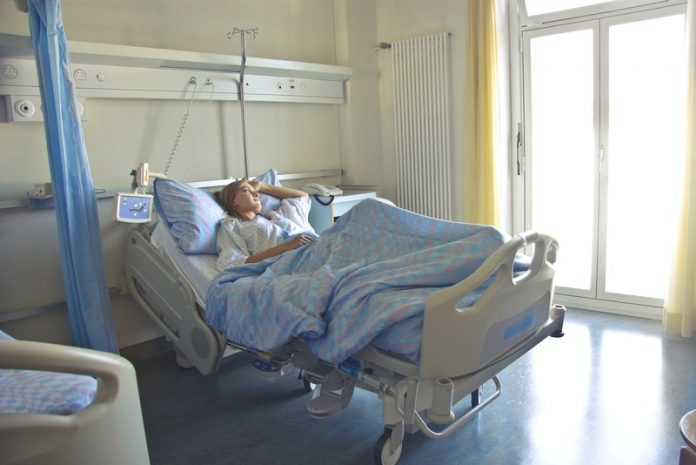
In a new study, researchers provide possible explanations for COVID-19 patients who present with extremely low, otherwise life-threatening levels of oxygen, but no signs of dyspnea (difficulty breathing).
This new understanding of the condition, known as silent hypoxemia or “happy hypoxia,” could prevent unnecessary intubation and ventilation in patients during the current and expected second wave of coronavirus.
The research was conducted by a team at Loyola University Health System and elsewhere.
The condition is especially bewildering to physicians as it defies basic biology.
In some instances, the patient is comfortable and using a phone at a point when the physician is about to insert a breathing (endotracheal) tube and connect the patient to a mechanical ventilator, which while potentially lifesaving carries its own set of risks.
The study included 16 COVID-19 patients with very low levels of oxygen (as low as 50%; normal blood oxygen saturation is between 95 and 100%), without shortness of breath or dyspnea.
The team found that several pathophysiological mechanisms account for most, if not all, cases of silent hypoxemia. This includes the initial assessment of a patient’s oxygen level with a pulse oximeter.
While a pulse oximeter is remarkably accurate when oxygen readings are high, it markedly exaggerates the severity of low levels of oxygen when readings are low.
Another factor is how the brain responds to low levels of oxygen.
As oxygen levels drop in patients with COVID-19, the brain does not respond until oxygen falls to very low levels—at which point a patient typically becomes short of breath.
In addition, more than half of the patients had low levels of carbon dioxide, which may diminish the impact of an extremely low oxygen level.
It is also possible that the coronavirus is exerting a peculiar action on how the body senses low levels of oxygen.
This new information may help to avoid unnecessary endotracheal intubation and mechanical ventilation, which presents risks when the ongoing and much anticipated second wave of COVID-19 emerges.
One author of the study is Martin J. Tobin, MD, Loyola Medicine.
The study is published in the American Journal of Respiratory and Critical Care Medicine.
Copyright © 2020 Knowridge Science Report. All rights reserved.



